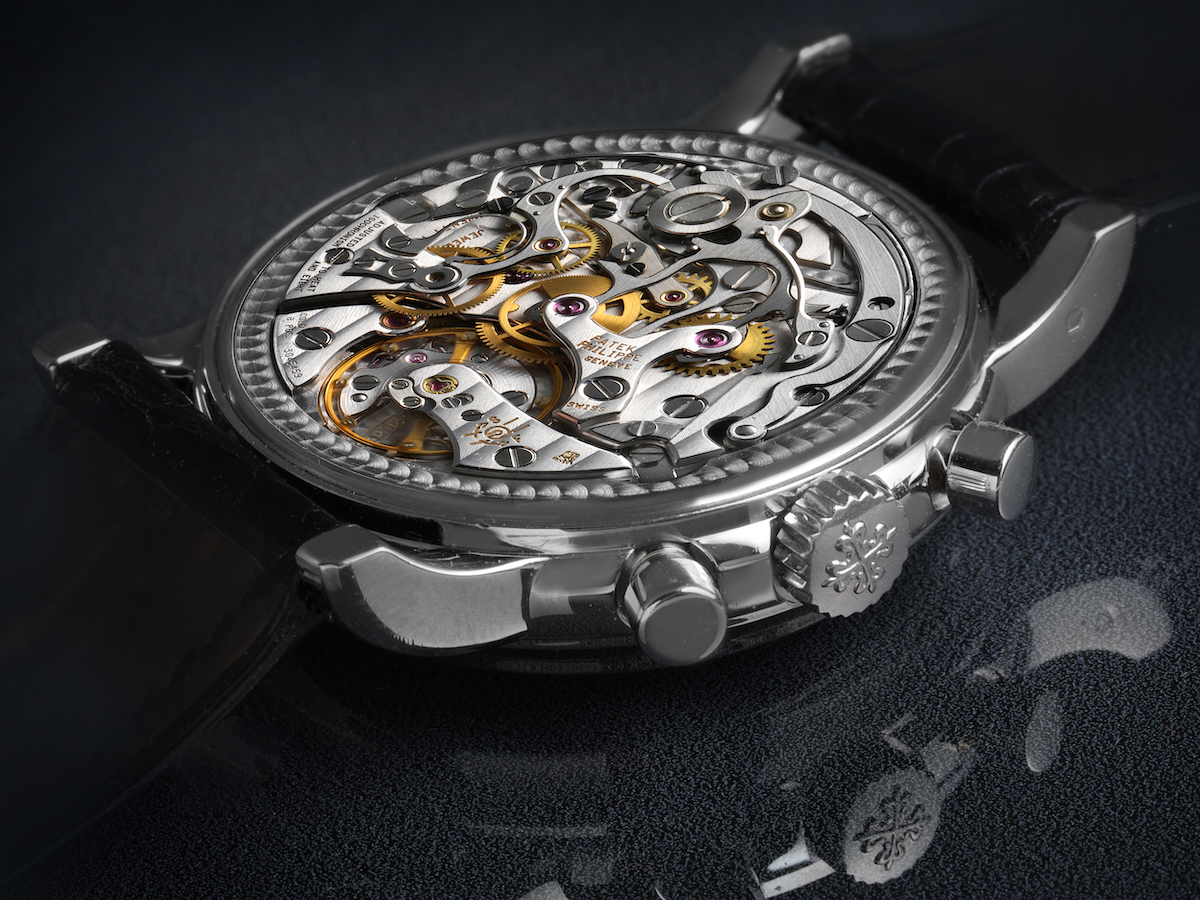When shopping for watches, have you noticed that their descriptions mention jewels time and time again? Jewels are often mentioned as part of the movement of a watch, but that description can be confusing to those looking to buy a watch for the first time or are still new to the watch world.
Knowing the number of jewels in a watch can be important information when learning about the functionality and design of the timepiece.
To learn about why jewels in a watch are necessary and important, continue to read on.
What are jewels in a watch and what purpose do they serve?
In the early days of watchmaking, real rubies and sapphires were used in watches to help ease the motion of the movement’s parts. Set into different parts of the movement, these help reduce friction, which can cause wear, corrosion, and inaccuracies in timekeeping.
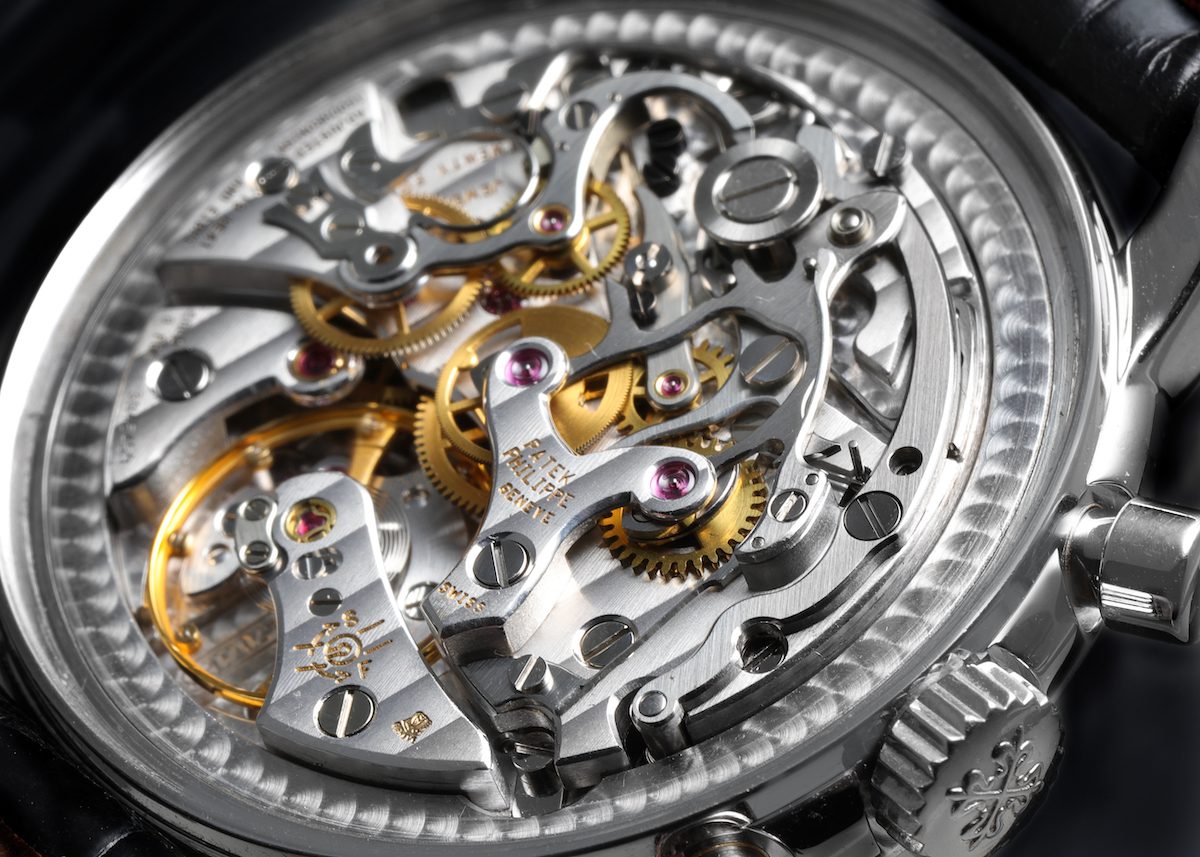
Rubies rate a 9 on the Mohs hardness scale, just behind diamonds which rate a 10. This gives one an idea of just how sturdy these jewels are. Placed into the gears and pinions of the movement, they lower the friction, which prolongs the lifespan of your luxury watch and keeps the gears turning for a much longer time.
Today, as genuine jewels have gotten more expensive, synthetic versions of these gems are commonly used to aid in watch movement. Watches don’t need genuine gemstones to work properly, and synthetic ones work just as well.
The purpose that these jewels have is very important for all mechanical watches. In mechanical watches, there are gears and arms that continuously rotate and move. Without proper care, these gears can create friction that wears down the internal parts of a watch.
Types of Jewels used in watch movements
Watchmakers aren’t just putting chunks of gemstones in watches and hoping for the best. There are specific types of jewels, cut and installed in different ways that help the gemstone do different things within a watch.
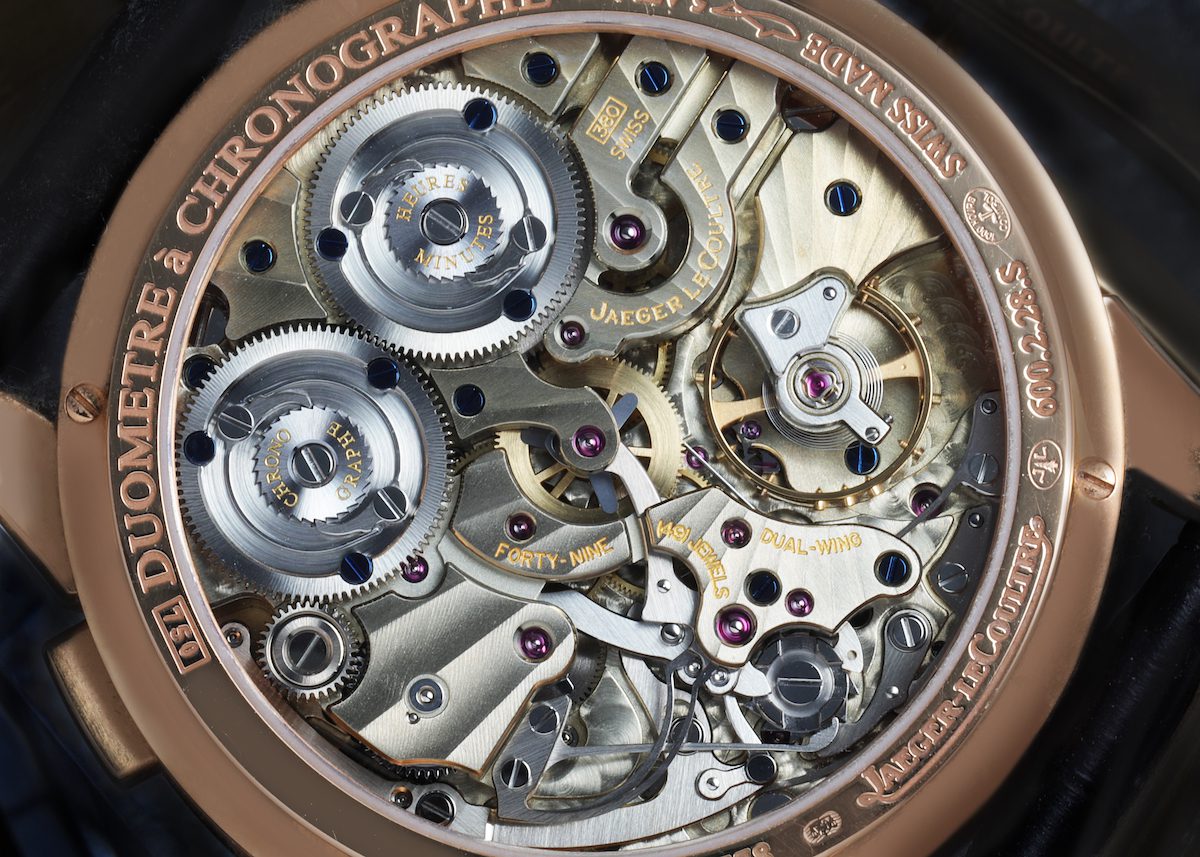
Hole – As the name implies, a hole jewel is a flatter-shaped gemstone with a hole cut into the center. These gemstones can be mounted onto a wheel’s axle or pivots. Hole jewels are often used with cap jewels to create a pivot bearing which allows the axle and can help with shock absorption.
Cap – These jewels don’t have a hole cut into the center. They minimize the balance staff’s movement so everything in the watch remains stable. When used with the hole jewel, the cap jewel makes everything within the watch stable and gives great shock absorption. If you were to drop your watch, these jewels help prevent your watch from breaking on impact.
Pallet – These are rectangular jewels that are used on the end of each arm on the watch’s pallet fork. Again, this is necessary for stability.
Roller – These jewels are semi-cylinder gemstones that connect the pallets and escape wheels inside the pallet fork. Roller and pallet jewels aren’t as commonly used as cap and hole jewels.
Frequently Asked Questions About Watch Jewels
What does the number of jewels in a watch mean?
Not only will the information on a watch tell you what jewels are used in the watch, but it will also tell you how many jewels your watch uses. This may seem like unnecessary information, but knowing how many jewels are in your watch tells you a lot about how the watch works. This information will typically be presented as a “jewel count.”
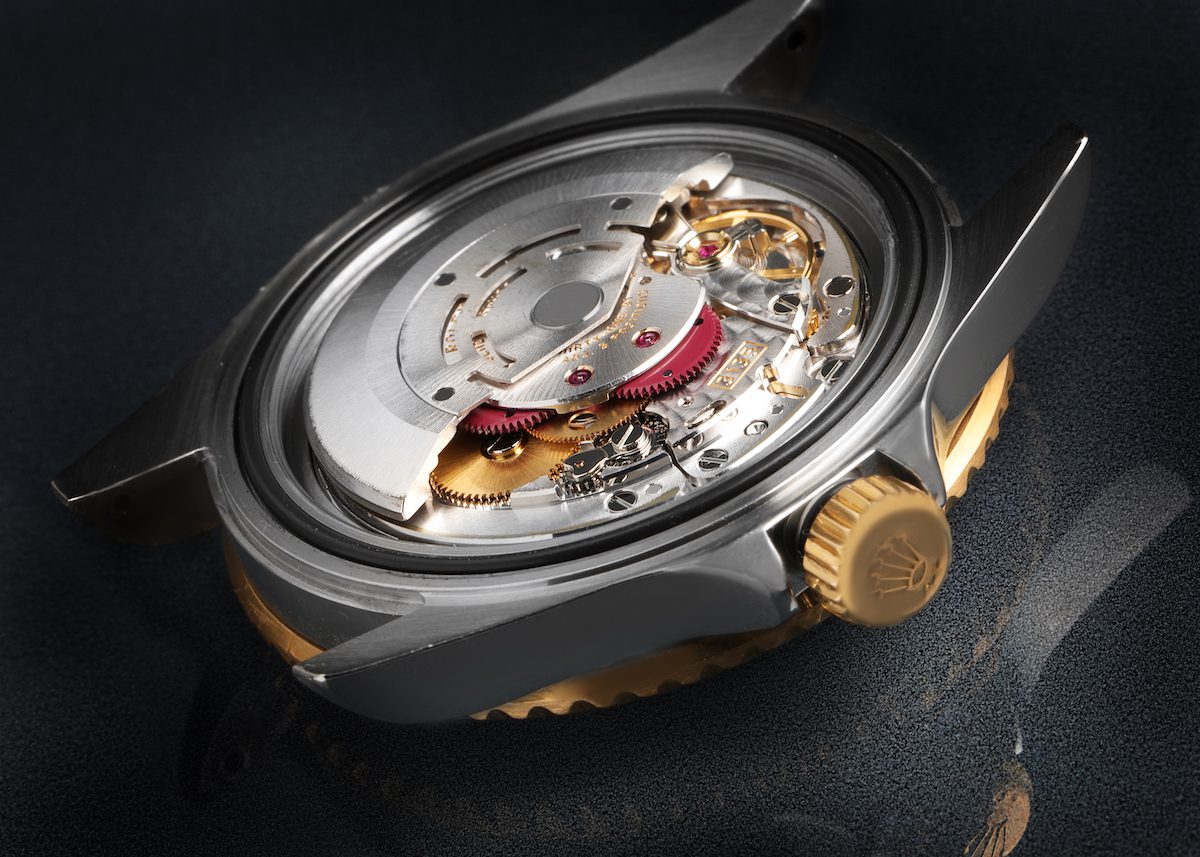
Different watches will have different numbers of jewels in them. The number of jewels that are in a watch typically refers to the craftsmanship and precision of the watch. It can also refer to the quality as with more jewels, there is less friction happening within the watch, and therefore, your watch can give you more precise times.
Higher jewel counts give you longer power reserve lengths and the watch will last longer in general.
How many jewels should a watch have? What does it mean to have 17 jewels, 21 jewels, or more?
On average, watches typically have 17 jewels in them. 17 jewels have become the standard for watches and these are called a fully jeweled watch. To have a basic watch that has friction reduced while also keeping time in a precise manner, you will want a watch with at least 17 jewels.
Many premium watches use more than 17 jewels for better time precision and to reduce friction even more. Many self-winding watches will use 21-25 jewels and having those extra capstones reduce additional errors that can happen over time.
Are more jewels in a watch better?
Having more jewels in your watch doesn’t necessarily make it better. You can have a very high-quality watch with just 17 jewels in it that will last a long time and not have any noticeable errors.
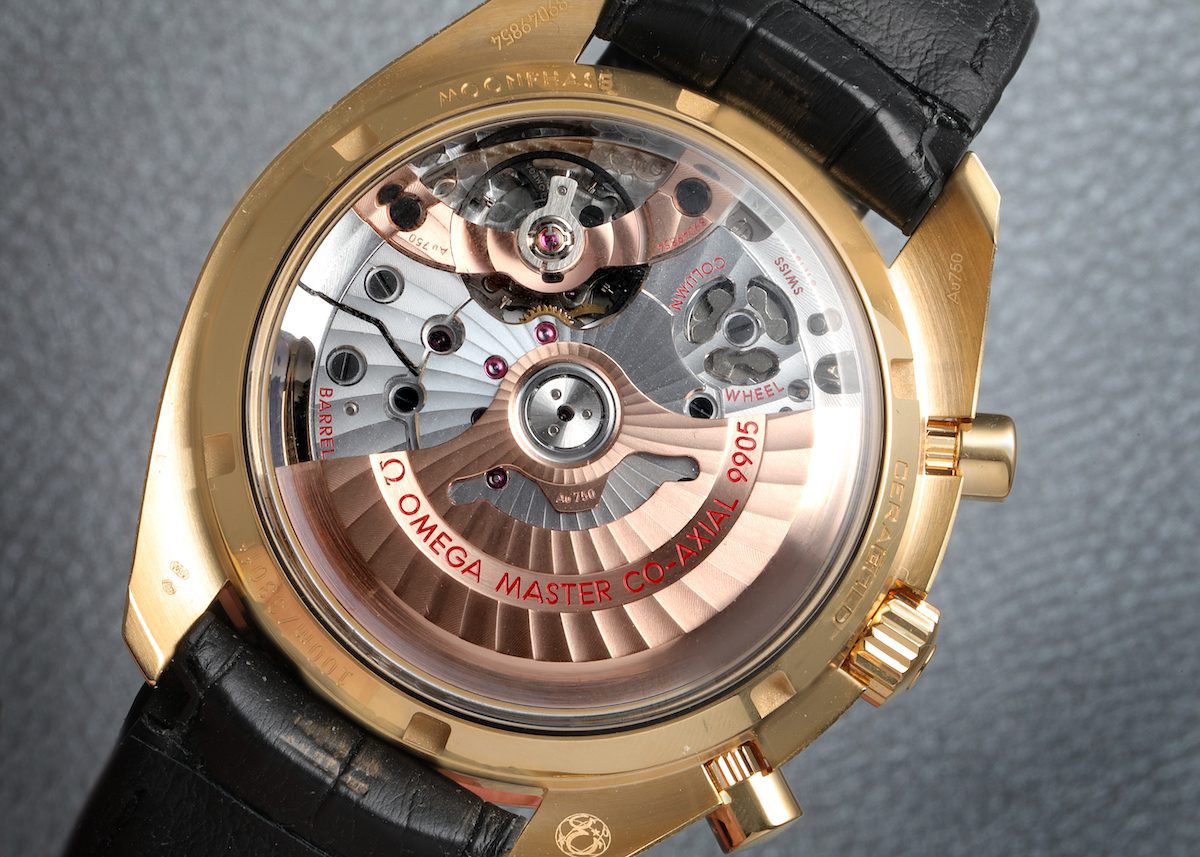
If it is important for you to have a watch with reduced errors, then you can consider getting a watch with 21-25 jewels in it. However, this isn’t always necessary. Then, having watches with many more jewels (as there are some watches with over 100 jewels in them) can be completely unnecessary unless you have a reason for needing a complicated watch.
Thinner watches will use more jewels to make sure that there is no friction, whereas thicker watches can still use higher jewel amounts, but it isn’t always necessary.
While more jewels can give you more precise time-telling, the more jewels you have in your watch don’t always make it better.
Do quartz watches have jewels?
Quartz watches still have moving parts like any other mechanical watch, but they use significantly fewer moving parts. However, some quartz watches still use jewels to reduce friction within the watch.
Many quartz watches are battery-powered, but some still have gears to enable the rotation of the watch hand. This can require jewels to be used to keep friction from building up.
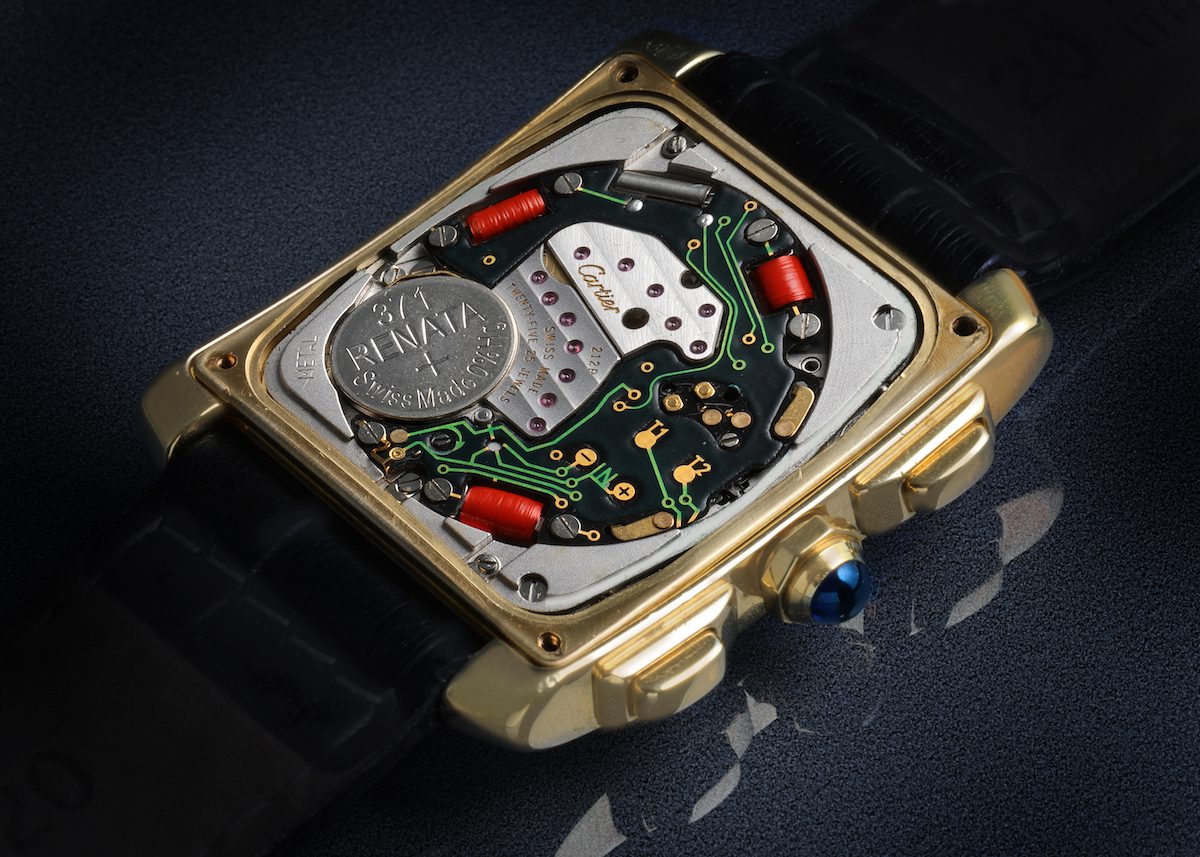
While some quartz watches have jewels, they all typically have fewer jewels than you would find in other mechanical watches. Quartz watches tend to have between 5 to 10 depending on the complications of the watch.
Yet, you will still find many quartz watches that don’t use jewels at all as many times, it isn’t necessary. Quartz watches don’t need jewels to give accurate times, the reason why these watches would use jewels is to prevent friction.
<>
To learn more about watches and watch terminology, check out our Watch 101 articles. To explore our vast selection of luxury watches from Rolex, Patek Philippe, Omega, Cartier, and more, visit SwissWatchExpo.com.
<>


